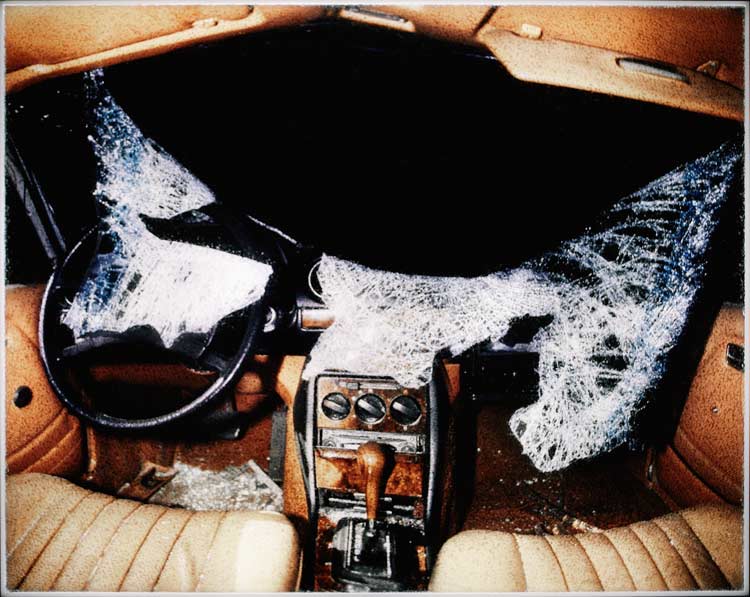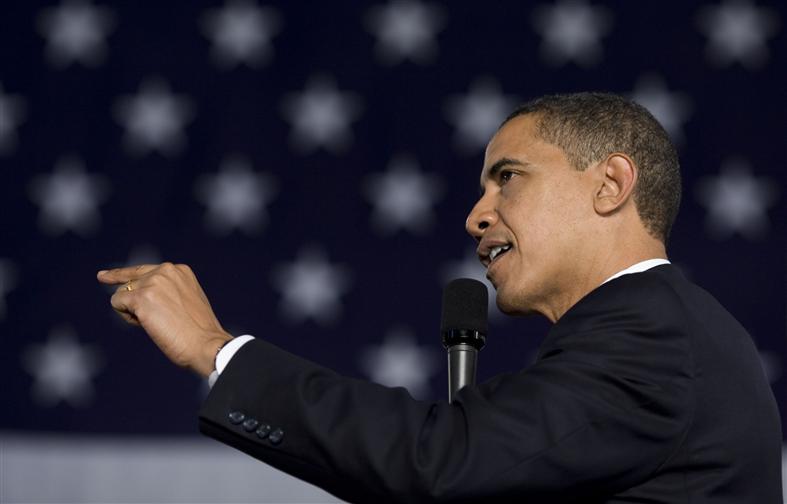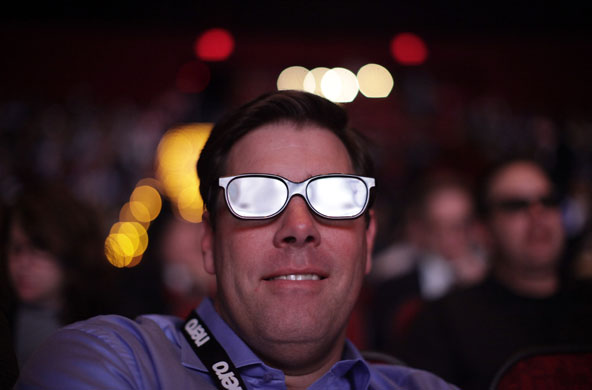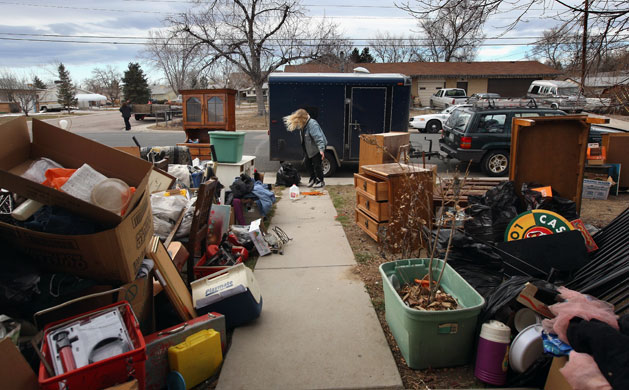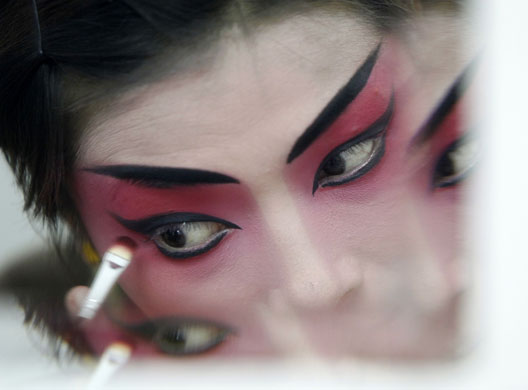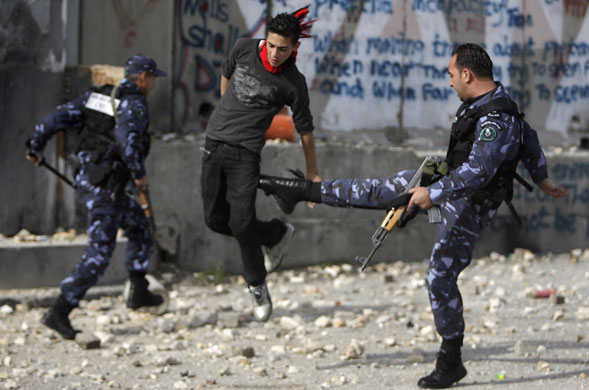Fashion Week has been running for about a month around the world, and so the slide shows have been full of carefully staged displays of both elegance and excess. Usually excess, of course, but sometimes a bit of both.
This shot is a small masterpiece of visual design. The twin models signify difference articulated perfectly within a pervasive uniformity. They are two: front and back, pants and dress, black and white, hands loose and pocketed, legs and shoulders covered or bare. And they are one: identical in height, weight, posture, skin, hair, walk, training, occupation, attitude, and place. Were it a movie, we would assume the same actress had been doubled via special effects. Were it a science fiction movie, we would assume they were cloned from the same egg.
What it is, of course, is the aesthetic vision of modernism. If you aren’t sure, look at the spare, minimalist, rectilinear plane surfaces that make up the rest of the scene. The robotic women stand against the decor in the grammatical relationship of figure to ground, a process of reciprocal definition here honed to perfection by the additional technique of the mirror image. Even the decor is two-toned in the same manner as the models: grayed white wall and whitened gray floor could each be the reflection of the other.
One would expect the fashion houses to imagine the world as a hall of mirrors. The mirroring of one another may be more than an artistic conceit, however. Perhaps it is used to manage modern culture’s paradoxical development of individual identity within processes of production and distribution that produce comprehensive uniformity. Stated otherwise, mirroring may become useful precisely as modernity makes different people more and more uniform.
From that perspective, modernity itself seems to be on display in this otherwise conventional photograph:
The stock photo presents Japanese Prime Minister Taro Aso with President Barack Obama in the Oval Office. Look at how they mirror one another, much like two models waiting to be called to the runway. Two stylish men in identical chairs each look toward the other. They wear nearly identical suits, shirts, shoes, socks, smiles, and lapel pins. The are distinguished by differences in size and how they hold their hands and feet, and by their equally stylish ties: one a shiny pink and the other a subdued blue. They could be a nice gay couple.
They also are two official heads of state. One is the leader of a nation that recently experienced a decade of stagflation, and the other the leader of a nation trying to ward off that same fate. Their near-perfect mirroring of each other’s position in the modern world is highlighted by one other, slightly ironic use of the same technique. George Washington’s portrait sits above them, mirroring the two leaders below. Although supposed to bestow legitimacy on those below, his colonial era dress and incarnation within the pre-modern art of painting signal more difference than commonality, just as there is only one of him. He remains the distinctive work of art commanding an aura, while they seem more the issue of a process of mechanical reproduction.
But that aura seems faded and distant when set against the mutual admiration of the two models in the foreground. And so the two photographs mirror one another. In modernism, fashion is placed in one realm and politics in another, each ideally uncontaminated by the other. But that mirror image is another example of accenting small differences within the deeper uniformity of modern culture.
Photographs by Arturo Rodriquez/Associated Press and Doug Mills/New York Times.


